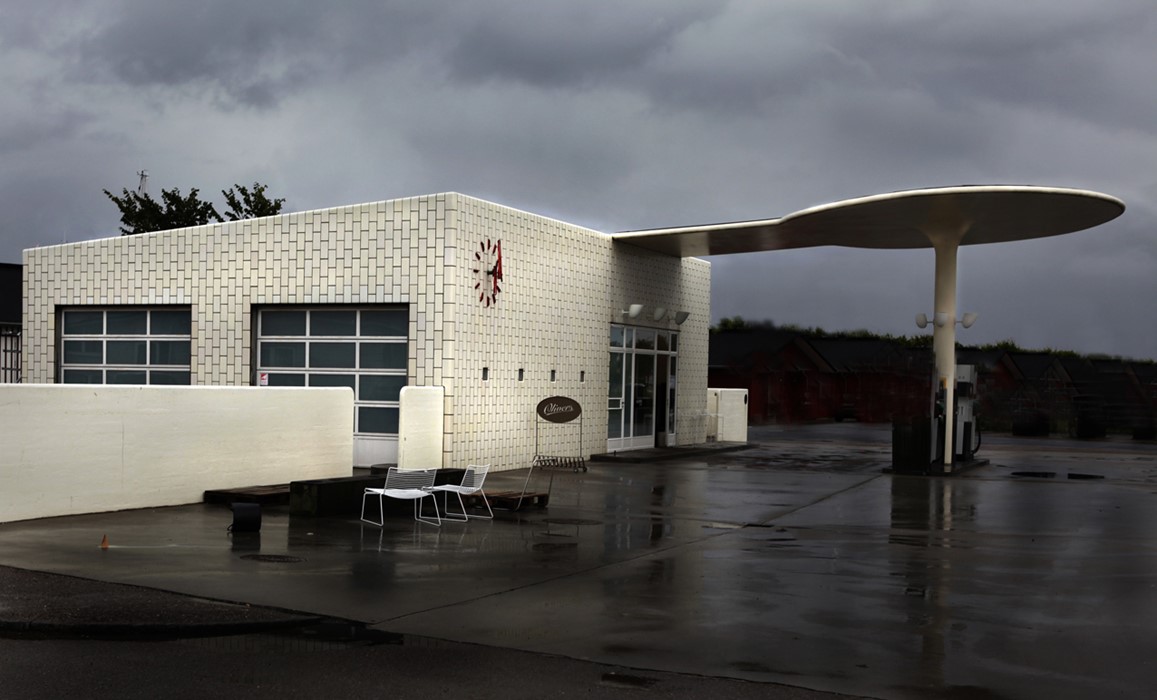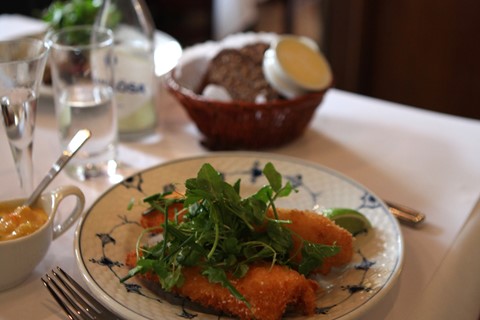For a small city Copenhagen feels grand. Wide streets that accommodate generous bicycles lanes and a flurry of architectural activity in the 18th century has created a city centre dominated by imposing rococo buildings and seemingly endless
For a small city Copenhagen feels grand. Wide streets that accommodate generous bicycles lanes – almost half the population cycles to work – and a flurry of architectural activity in the 18th century has created a city centre dominated by imposing rococo buildings and seemingly endless avenues. At the core is the old medieval city and beatific harbour, not far from the (in)famous ‘Freetown’ commune Christiania (replete with cobbled together residences), while at the city’s edges you find geometric new office complexes that range from the sublime to the ridiculous. The other, more residential districts are less grandiose, though still austere and impressive for their abundance of lofty 19th century apartment buildings.
Earlier this summer heavy rainfall flooded many basement shops and restaurants, but despite this setback Copenhagen seems to be enjoying a bit of a cultural Renaissance. Unlike many urban centres in Europe that have been hit by the financial crisis, there are new cafes, restaurants and shops –even a new central food hall, Torvehallerne – flourishing in all areas of the city, and when you speak to the city’s small business owners (there is a delightful lack of the usual chains here), many will tell you about their plans to expand.
Residents say they are more likely to go out to bars, clubs and restaurants than they were even ten years ago, and Danish food has become one of the most sought after culinary experiences of late. Well worth visiting are Relae, run by ex-Noma sous chef Christian Puglisi and waiter Kim Rossen (without the Noma price tag – book early), which is making a place for itself alongside wine bars and busy pubs in up-and-coming district Nørrebro. While trendy Versterbro is home to popular nightspots including the lively and laid-back Dyrehaven, and Vela, a former prostitute haunt turned lesbian bar replete with beautiful wood-panelling and turn-of-the century Chinoiserie. Closer to the city centre, The Union bar in Nyhavn, run by a Geordie and a Kiwi, is known for its cocktails and speakeasy atmosphere (plus visits from young Danish royals), and traditional favourite Schønnemann serves what most residents consider the best smørrebrød (open-faced sandwiches) in town.
The whole district of Frederiksstaden, home to the Design Museum, is a paean to new and mid-century Danish design, with its endless rows of furniture shops and the impeccable Bruun Rasmussen showroom. A quick drive outside the city to Bellvue brings you to the only petrol station designed by Arne Jacobsen, which is situated close to the beachfront for which he designed the landscape as well. Some of the best Danish design, however, is seen in people’s homes, so if possible, try to get invited over.
CPH Living, a floating hotel in Christianshavn – across from the wonderfully bleak Søren Kierkegaards Plads – offers a beautiful view of the water (if you’re on the ground floor you’ll sleep a couple feet up from the waves) out of large windows in perfectly compact rooms.
If you're visiting soon, a trip to the Charlottenborg contemporary art gallery is must for the Pablo Bronstein exhibition, featuring a specially-made pissoir which visitors are encouraged to use (until September 18).
A good thing to remember when planning a trip to CPH is that many public buildings, restaurants, bars and shops are closed on Mondays (and even Tuesdays). Excellent for a city break, the centre is ten minutes from the airport, which is convenient, especially if you suddenly realise your flight is two hours earlier than you thought.
Text by Ananda Pellerin
Over the next few weeks we’ll be taking a closer look at some of Copenhagen’s most interesting and exciting restaurants. To see the other articles in The Hunger's culinary tour of Copenhagen see here. This week we report back from Mad Foodcamp – the inaugural food festival run by Noma’s own René Redzepi.
See more of City Guides here.



